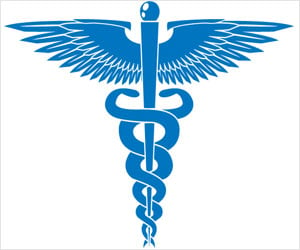A new study of spending practices from the University of Pittsburgh Graduate School of Public Health (GSPH) says that medicare patients in regions that spend the most on prescription medications

Lead investigator Yuting Zhang, Ph.D., assistant professor of health economics at GSPH, said that even after demographic characteristics such as age and sex, individual health status and insurance coverage are taken into account, it's clear that Medicare drug spending varies broadly among hospital-referral regions (HRRs).
"Higher spending can be justified if it's for drugs that are necessary and appropriate and improve patients' health," she said. "But if certain drugs are being incorrectly prescribed to seniors, then that can lead to complications and expensive interventions, such as hospitalization. As we try to reform health care to get costs under control, we need a better understanding of how spending differs regionally to make a positive impact."
Dr. Zhang and her colleagues assessed two measures of prescription quality from the Healthcare Effectiveness Data and Information Set (HEDIS). One measure indicates whether a Medicare beneficiary receives at least one high-risk drug, such as some antihistamines and muscle relaxants, that should be avoided in the elderly. The other assesses whether Medicare beneficiaries who have dementia, chronic kidney failure, or a history of pelvic or hip fractures are given prescriptions in the outpatient setting for drugs that shouldn't be given to patients with those conditions.
Using pharmacy event and medical claims data as well as zip code information for more than 500,000 Medicare beneficiaries, the researchers determined that there was broad variation across regions in the quality of prescribing after adjustment for demographic variables and level of health risk. For example, at the top of the scale, 44 percent of elderly beneficiaries in Alexandria, La., used high-risk drugs while only 11 percent in the Bronx, N.Y., did.
Regions where beneficiaries were more likely to be given prescriptions for high-risk or potentially harmful drugs did not necessarily spend more on drugs overall than regions where beneficiaries were less likely to use high-risk or harmful drugs.
Advertisement
"That contradicts the idea that high spending leads to better prescription practices," Dr. Zhang noted.
Advertisement
Source-Eurekalert










